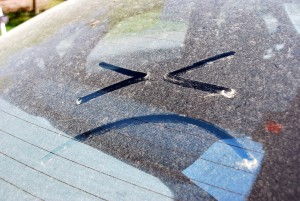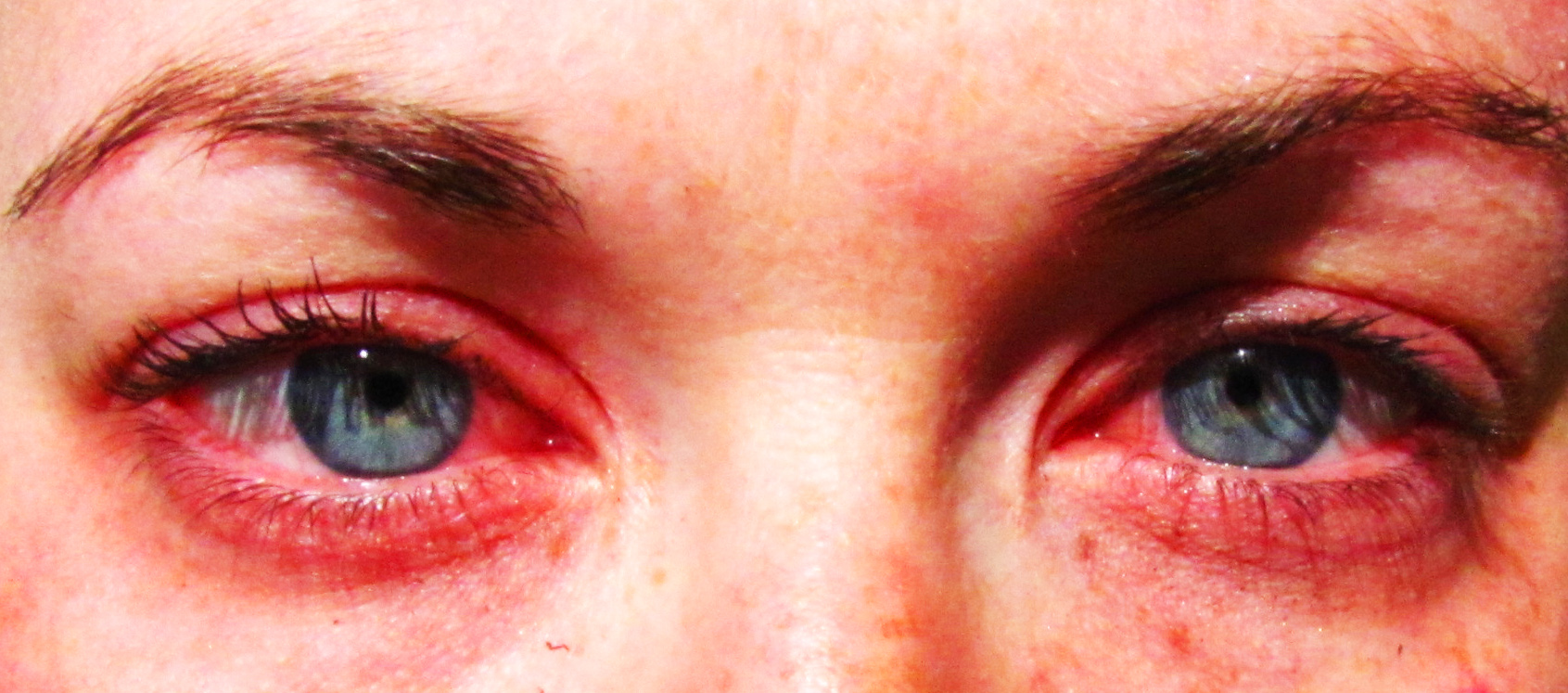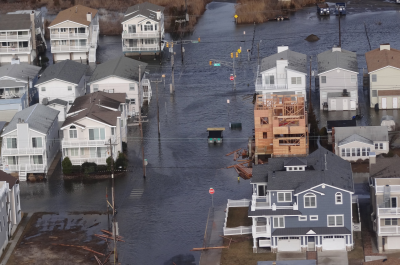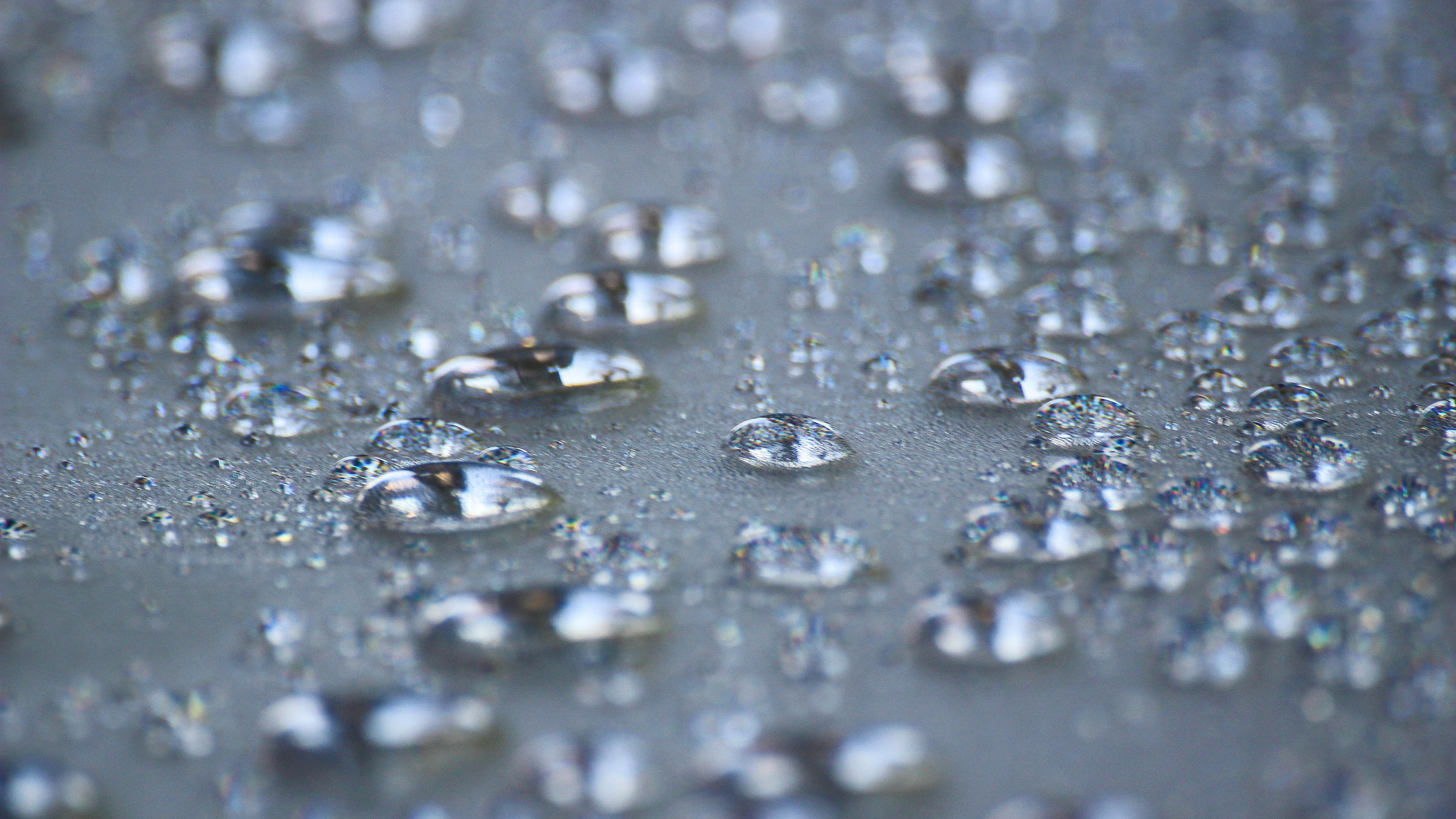As many of you have observed Spring has sprung a little early this year; in some places it seems like winter barely happened. On Sunday, Spring officially springs. The “green-up” associated with the season means lots of things are blooming: flowers, trees and for many of us – our allergies.
We’ve talked about early spring on #ISeeChange, but not so much about a consequence many people feel from its weather: allergies. The price of admission to the warm-weather fun zone can include piles of Kleenex, watery eyes, lots of snot and itchy skin. And it seems like more and more people are paying that price, earlier and longer, every year.
(Including me. As I’ve gotten older, I’m feeling more allergy symptoms. But this year, in early February in Los Angeles, I was laid low like I’ve never been laid low before.)
Just like your observations of early blooms, your observations can help us understand better where allergies are hitting all around the country, and yes, where they are getting worse. To explain why, let’s get to know the enemy a little better.
Tree pollens emerge first. Elms, pines, birches, juniper and other trees start to do their thing in the South, Southwest and West in January. They don’t let up until April. Pollen-producing trees are dropping bombs in more places, as warmer temperatures help allergenic trees, like hickory and oak, to take root further north.
El Niño is influencing those trees. Wet winter is good not just for growing molds, spores, weeds, but also trees, whose water-nourished root systems are now primed to sense a good time to drop pollen.
Longer-term drought in the West is influencing trees too. The ones that use wind to pollinate dramatically boost their pollen releases when under stress.
And grass pollens aren’t far behind, stretching ’till October and coinciding with full-force ragweed and other weeds in the summer.

Spring is coming earlier
Compared to 10 years ago, allergies start 2 weeks earlier on average, according to Dr. Clifford Bassett, the founder and medical director at Allergy and Asthma Care of New York.
And yes, that’s climate related. Warm temperatures cause trees and plants to leaf out earlier. Carbon dioxide tells at least some of them to produce more pollen. Changing conditions are extending the growing season, too.
In recent years, pollen has begun to bust records. Reporting for Scientific American in 2012, Umair Irfan wrote:
In New Jersey, officials observed the highest pollen levels ever recorded in February this year. “I’ve never seen that in 25 years of my work in this area,” said Leonard Bielory, an attending physician and allergist at the Robert Wood Johnson University Hospital and a professor at Rutgers University’s Center for Environmental Prediction. “I told people before the year began that it’s going to be a horrendous year.”
Bielory co-authored a paper with Ziska last year in the Proceedings of the National Academy of Sciences documenting how the ragweed season has grown up to 27 days in parts of the country since 1995.
“It’s clear that just in New Jersey over the past 20 to 25 years, there’s been an increase of five to seven days for pollen,” he said.
This year, pollen counts came early and high in the middle of the country: Oklahoma City; Austin, Texas; Kansas City, Missouri; Lexington, Kentucky; and Dayton, Ohio, among others.
You can get a sense of what pollen is happening, and where, by signing up for pollen count reports from the National Allergy Bureau, a service of the American Academy of Allergy, Asthma and Immunology.
But there’s no one great place for reporting the human impact of pollen. You can help us with that. What plants are causing your nose to drip or your skin or eyes to itch? Just post a picture of a problematic plant (or two) and tell us what ails you. We may even make a map and share it.
You can also share your coping strategies with the #ISeeChange community. I’ll go first: 2016 was the year I learned that salt water gargles make all the difference for the post-nasal drip that came with my tree-pollen allergies.
Photo via Flickr/parrchristy




